Fine Motor Skills Normal Building Vocabulary Worksheets for Ages 3-9
8 filtered results
-
From - To
Our "Fine Motor Skills Normal Building Vocabulary Worksheets for Ages 3-9" are designed to enhance your child's vocabulary while strengthening their fine motor skills. These engaging, age-appropriate activities offer a fun way to help children improve their handwriting, pencil grip, and hand-eye coordination essential for writing. Featuring vibrant illustrations and diverse exercises, these worksheets not only develop linguistic abilities but also dexterity and precision in young learners. Perfect for home or classroom use, these worksheets make learning an interactive and enjoyable experience that supports your child's overall educational development. Discover our extensive collection to boost your child’s skillset today!


Fish Worksheet
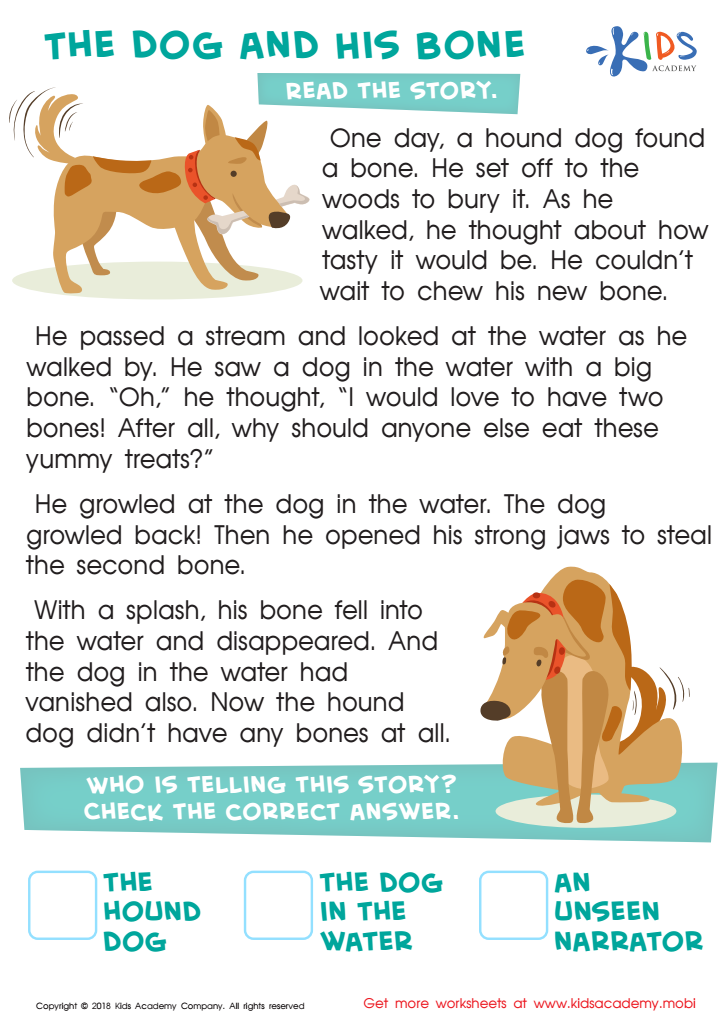

The Dog and His Bone Worksheet
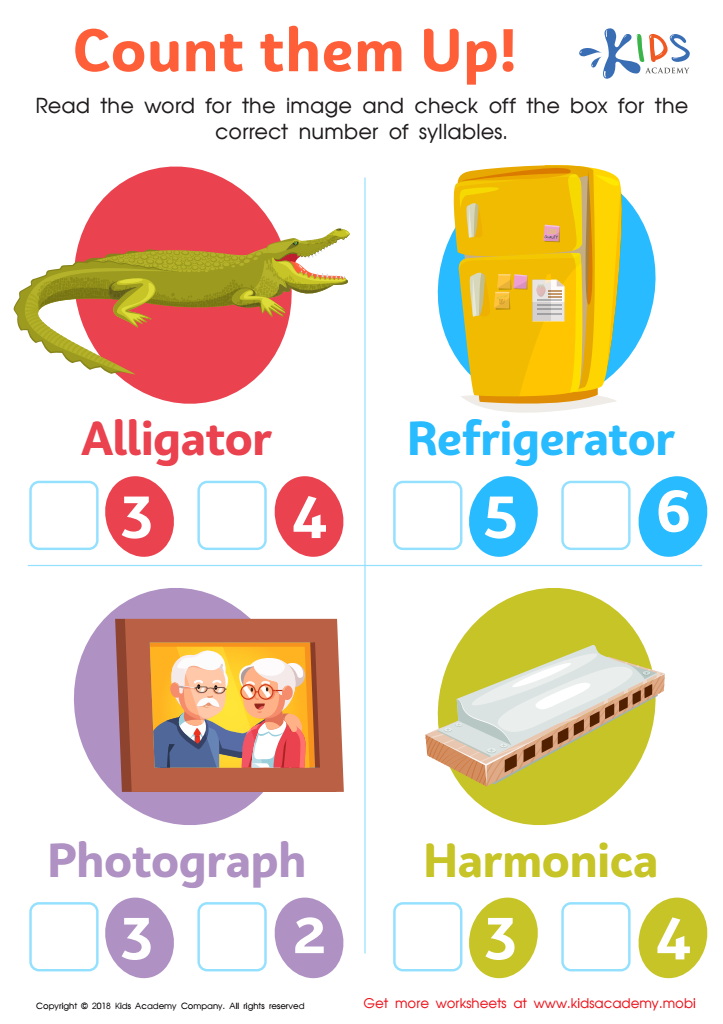

Count Them Up Worksheet
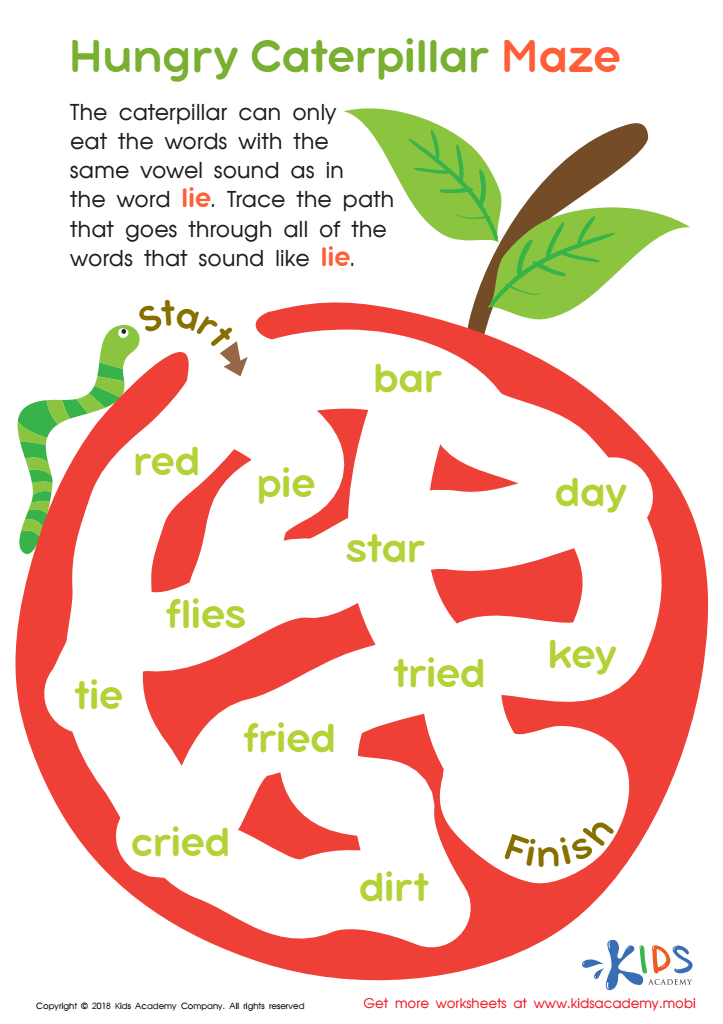

Hungry Caterpillar Maze Worksheet
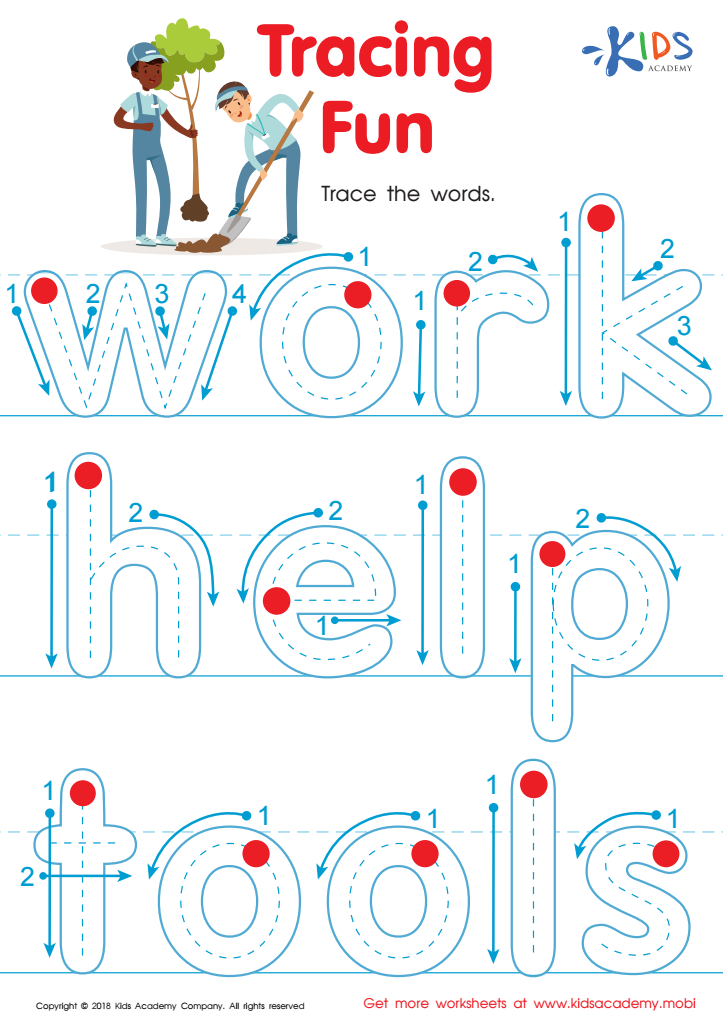

Tracing Fun Worksheet
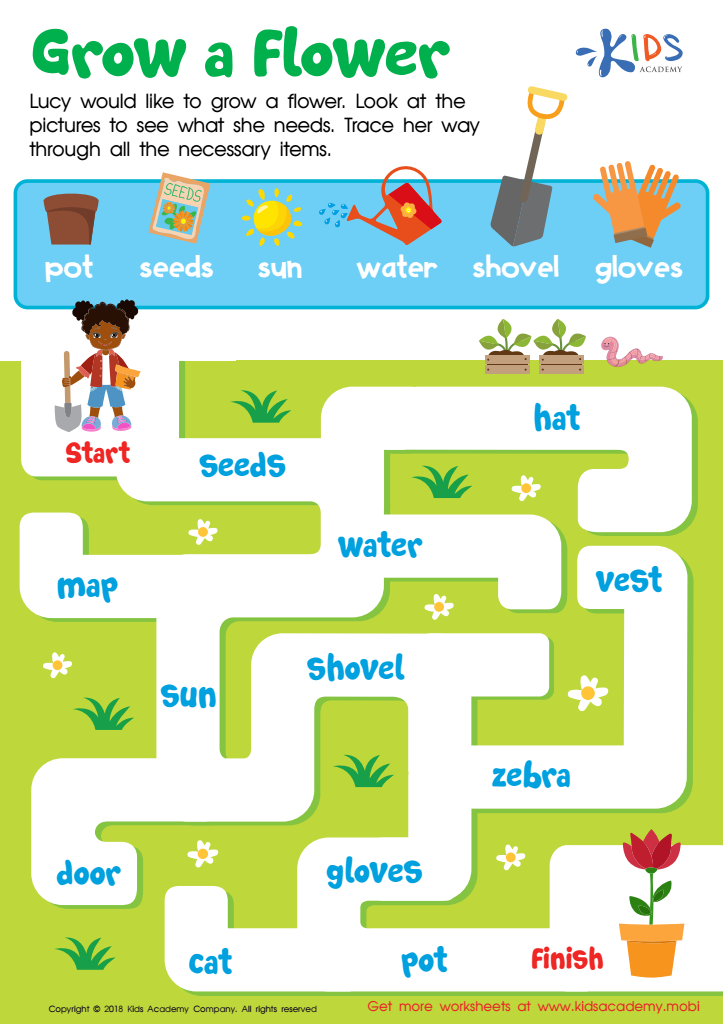

Grow a Flower Worksheet


Baby, Boat, Bird Worksheet Sight Words Worksheet


Pair Pears Worksheet
Fine motor skills and vocabulary development are critical building blocks for children aged 3-9, and parents and teachers play a pivotal role in fostering these skills.
Fine motor skills involve the coordination of small muscles in the hands and fingers, crucial for tasks like writing, drawing, and buttoning clothes. Early development of these skills lays a foundation for academic and everyday activities. When children master fine motor tasks, they build independence and self-confidence, which can positively influence their willingness to engage in learning and new experiences.
Simultaneously, normal building vocabulary at a young age is essential for effective communication, reading comprehension, and academic success. A rich vocabulary allows children to express themselves clearly, understand instructions, and connect new information to existing knowledge. As children’s word banks grow, so does their ability to think critically and solve problems creatively.
Integrating fine motor skill activities, such as cutting with scissors or building with blocks, along with rich and varied verbal interactions, storytelling, and reading, ensures holistic development. When parents and teachers emphasize both fine motor and vocabulary skills, children become better equipped to navigate the complexities of their educational journeys and personal interactions, laying the groundwork for a lifetime of learning and growth.
 Assign to My Students
Assign to My Students






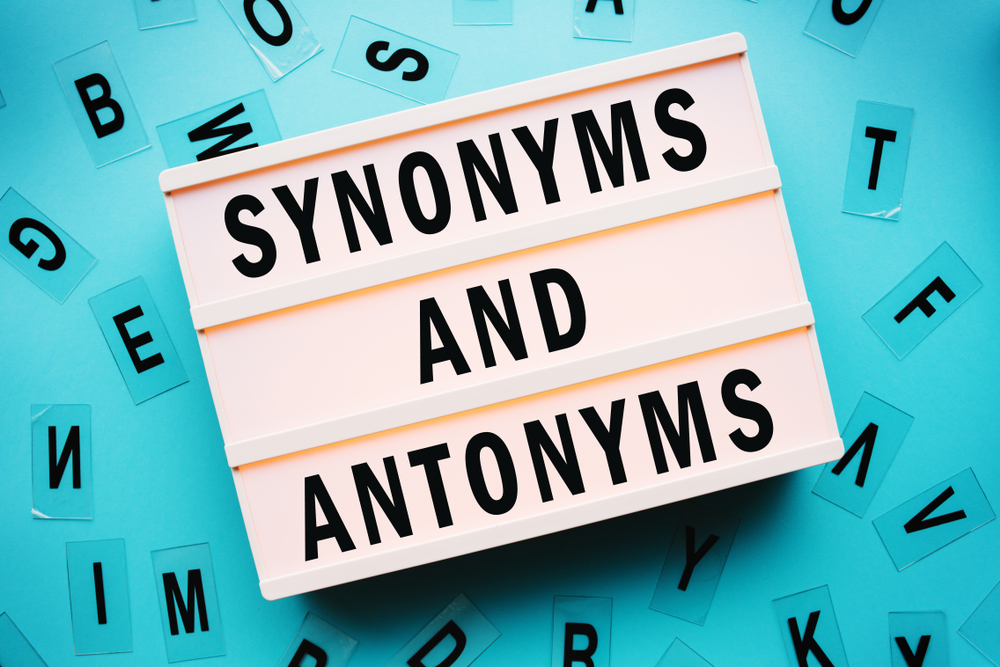



.jpg)










